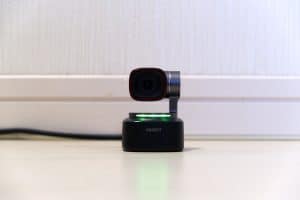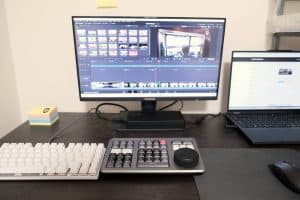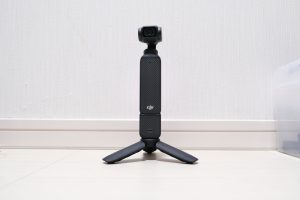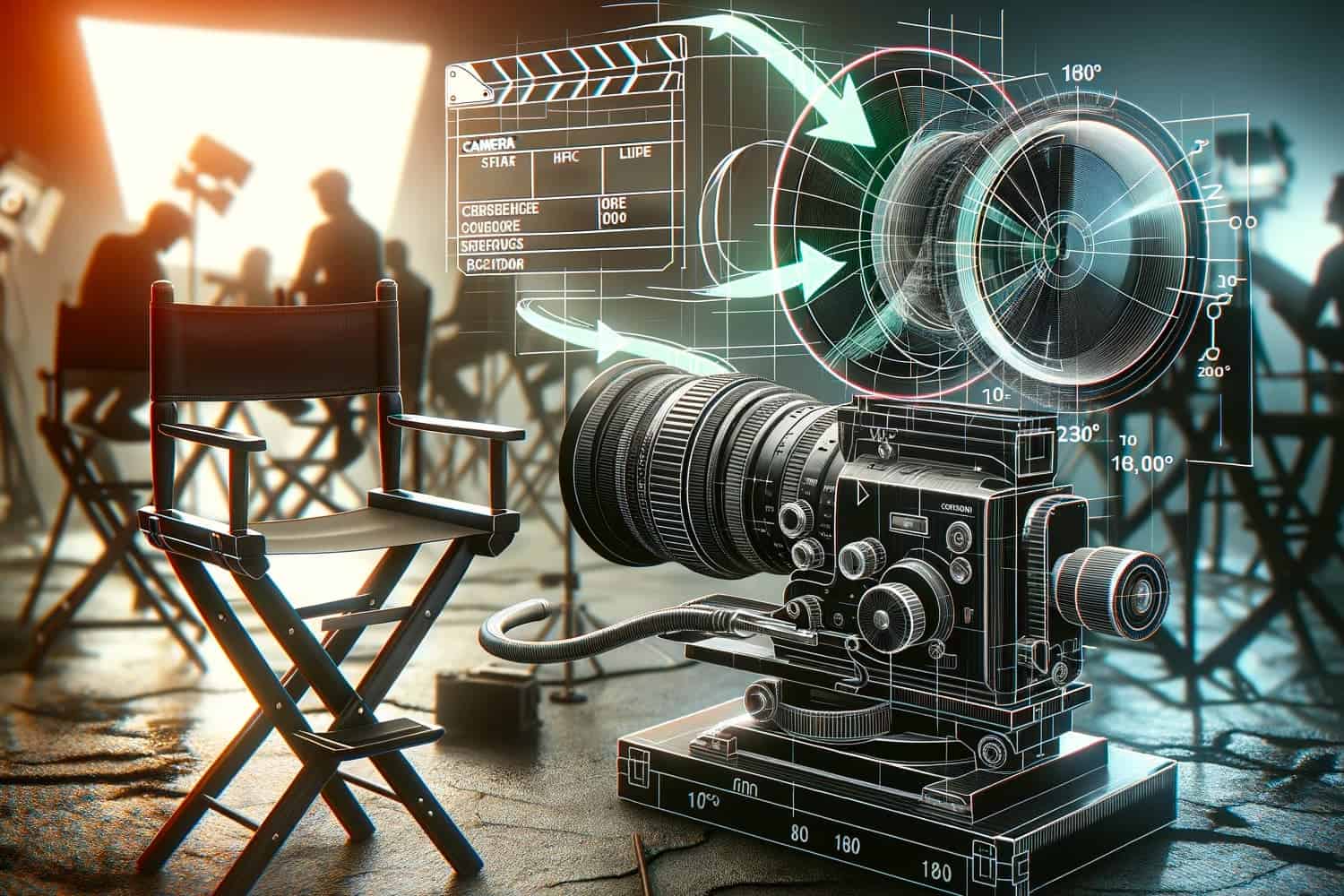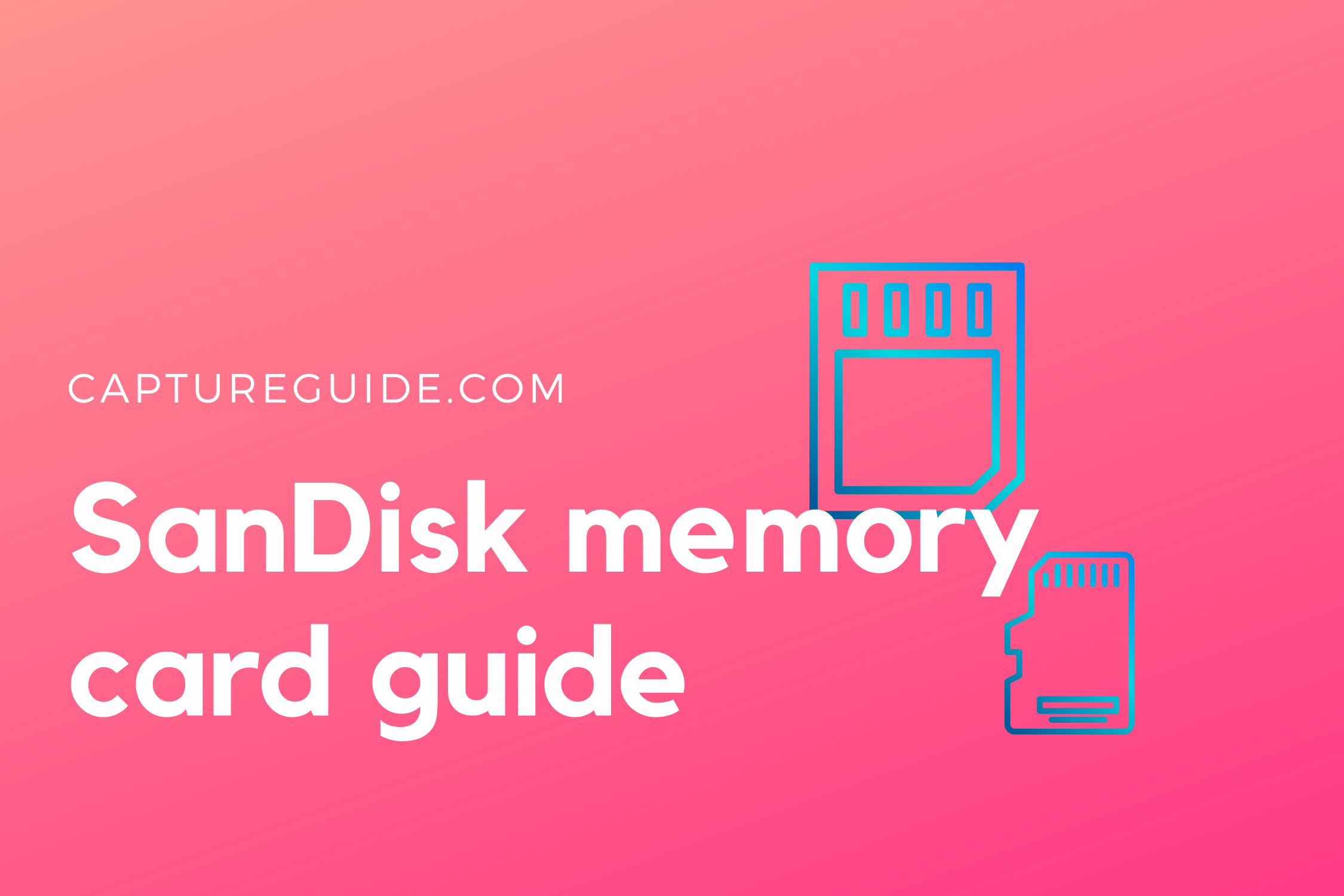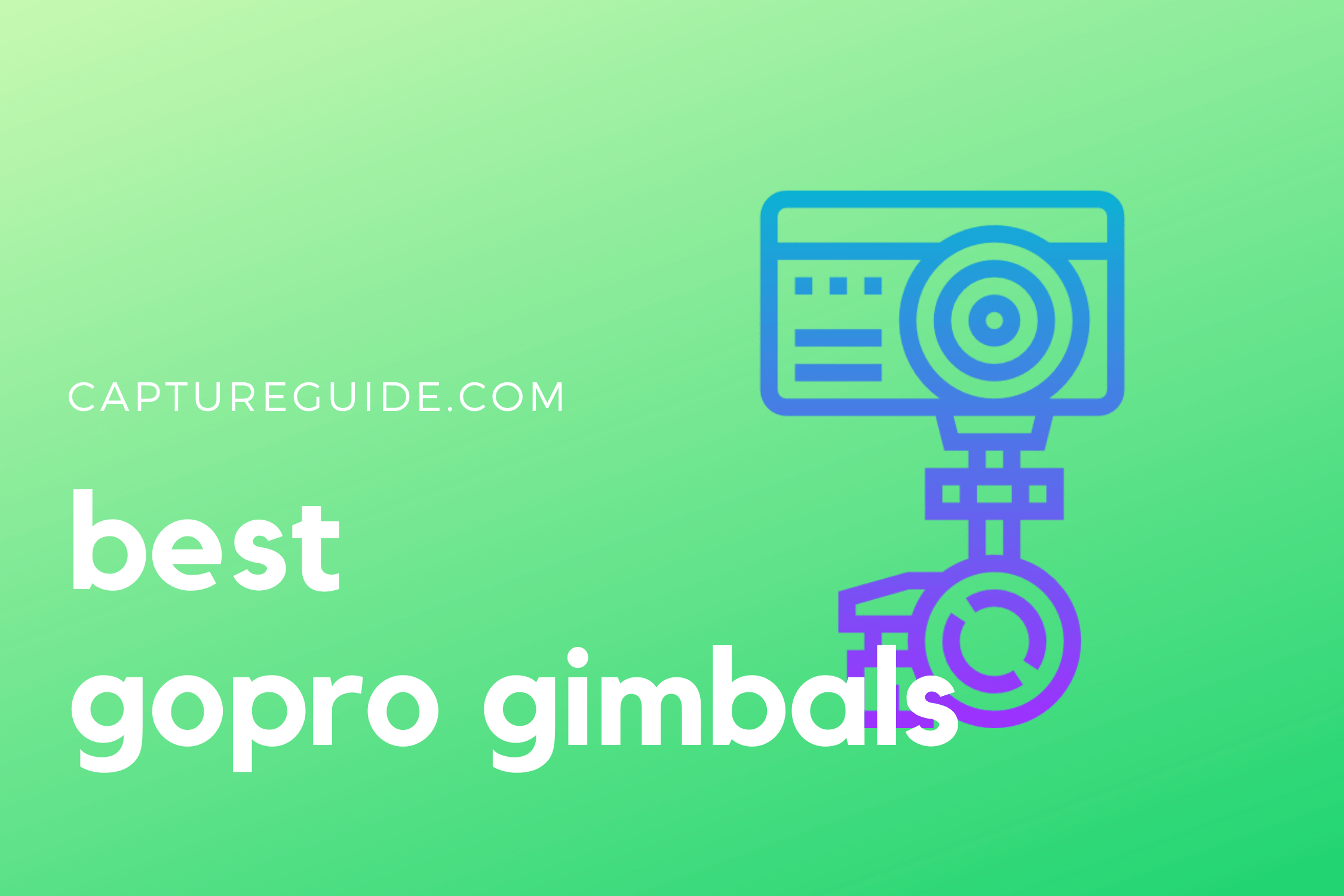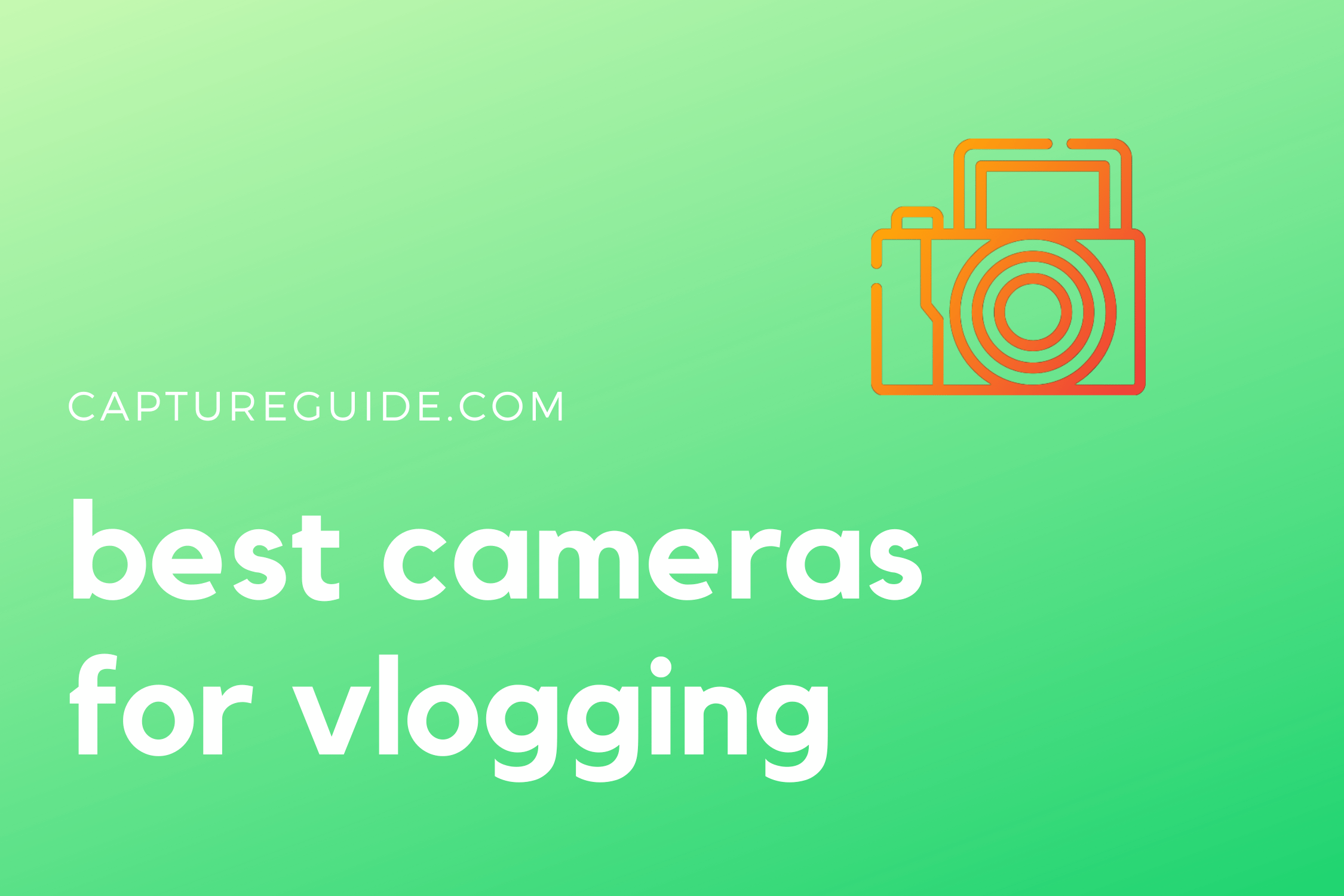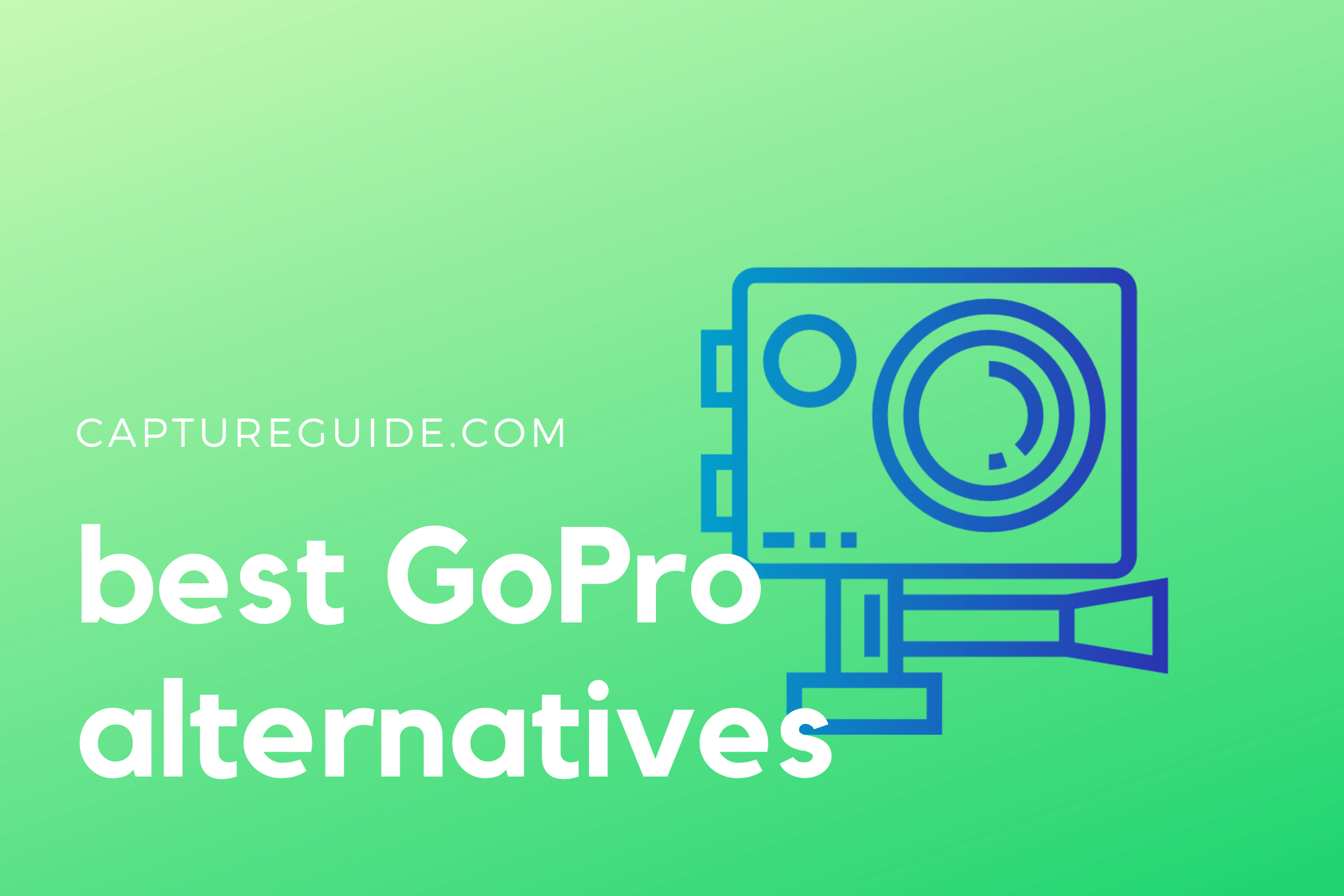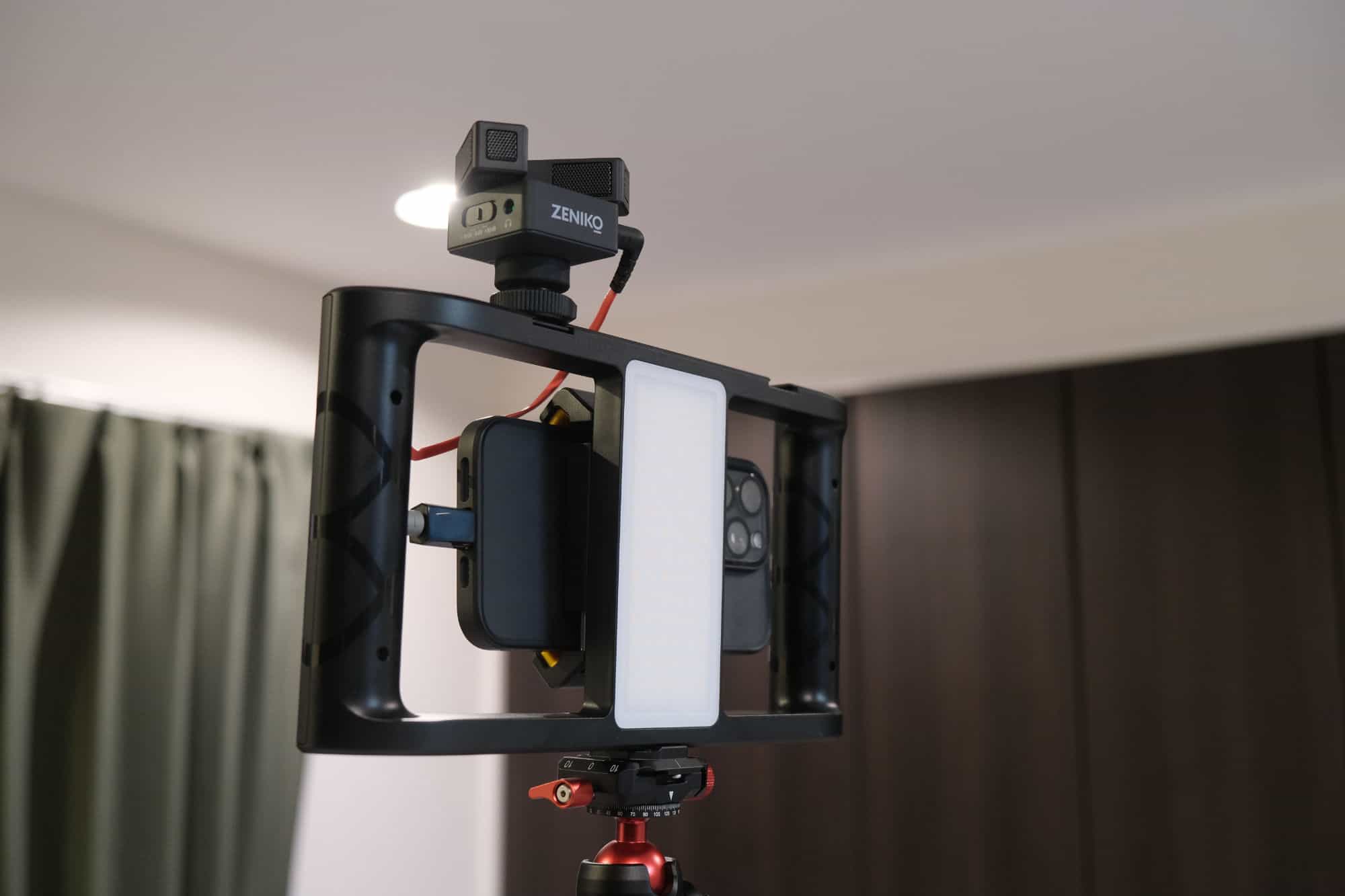
Zeniko MR11 Smartphone Video Rig Review
When Apple announced that their entire “Scary Fast” Halloween keynote was filmed with an iPhone 15 Pro, it silenced any doubts about smartphones being unfit …
Latest News
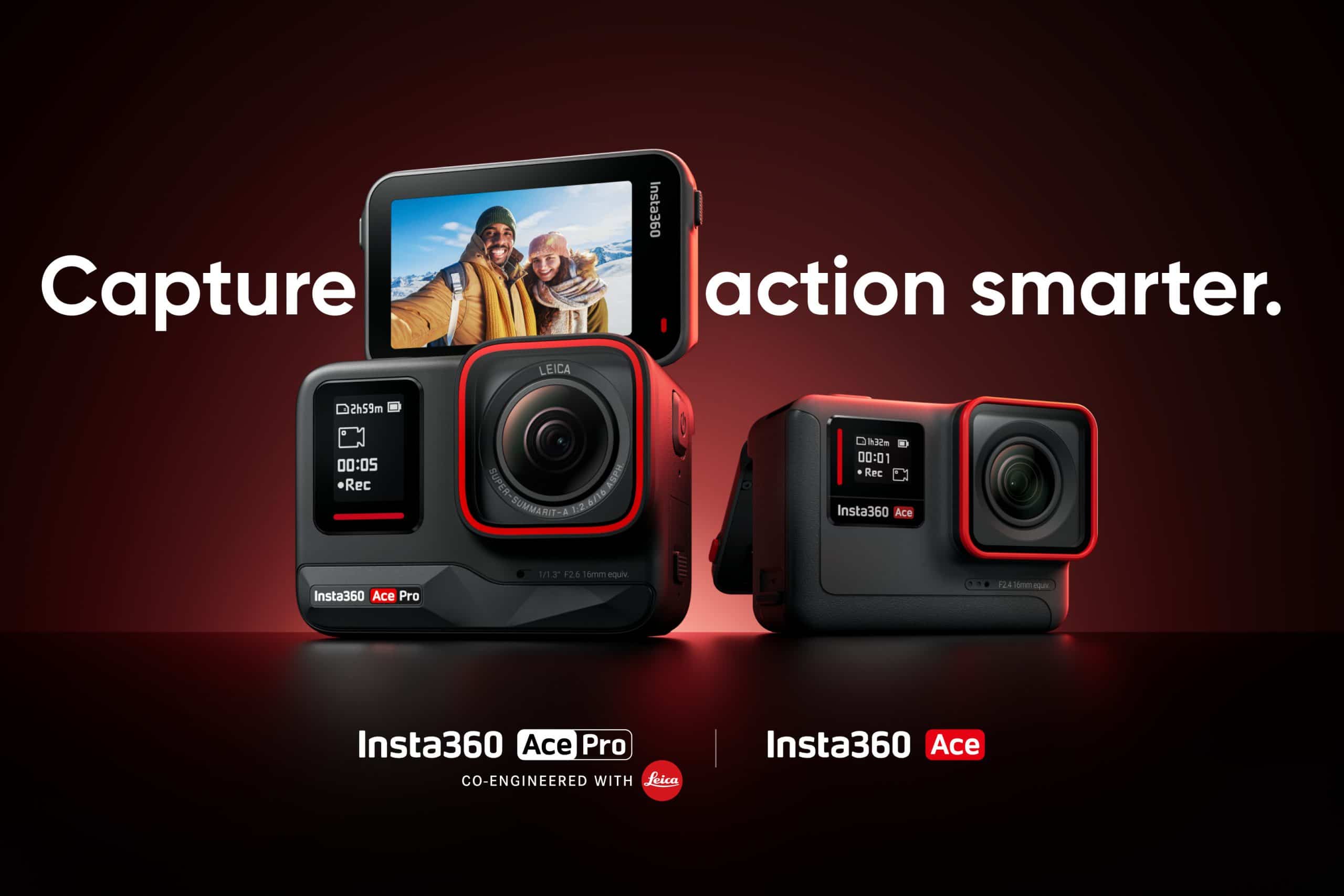
Insta360 Just Unveiled the Ace and Ace Pro to challenge GoPro and DJI
Insta360 has taken the wraps off its two latest action cameras, the Ace and the Ace Pro. While the brand originally …
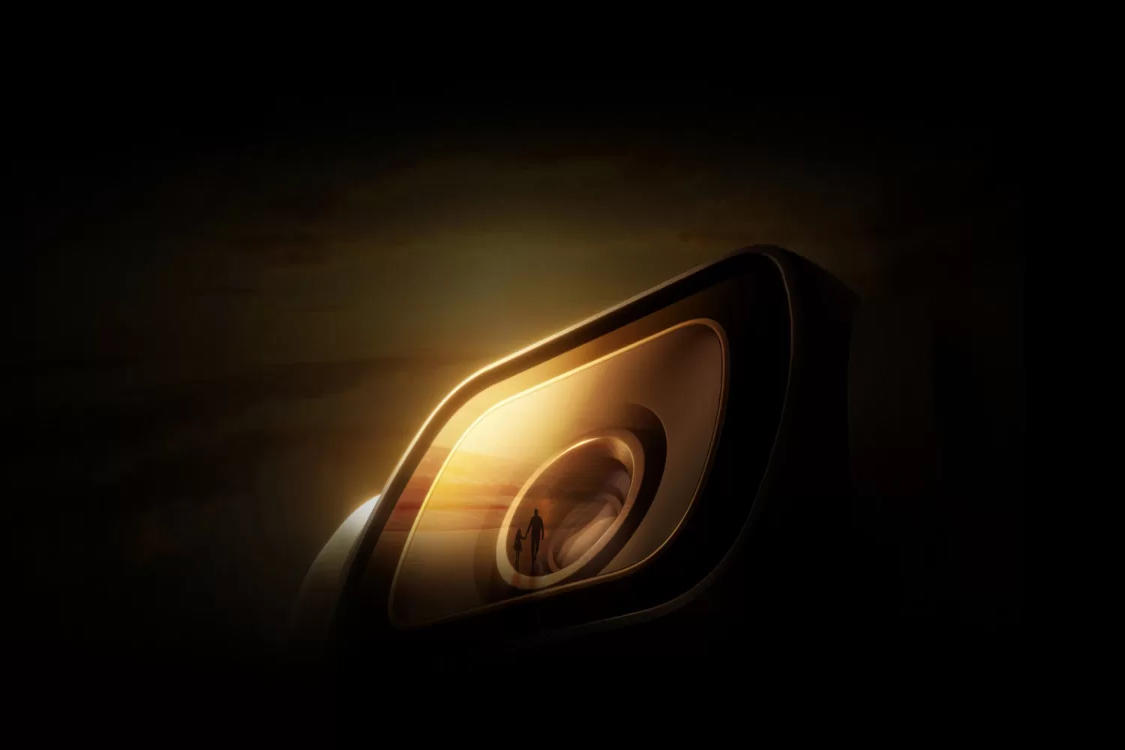
DJI Osmo Pocket 3 Leaks: Examining the Rumored Upgrades
The rumor mill is spinning with leaked info about DJI’s hotly anticipated Osmo Pocket 3 camera. As a longtime user of …
Reviews
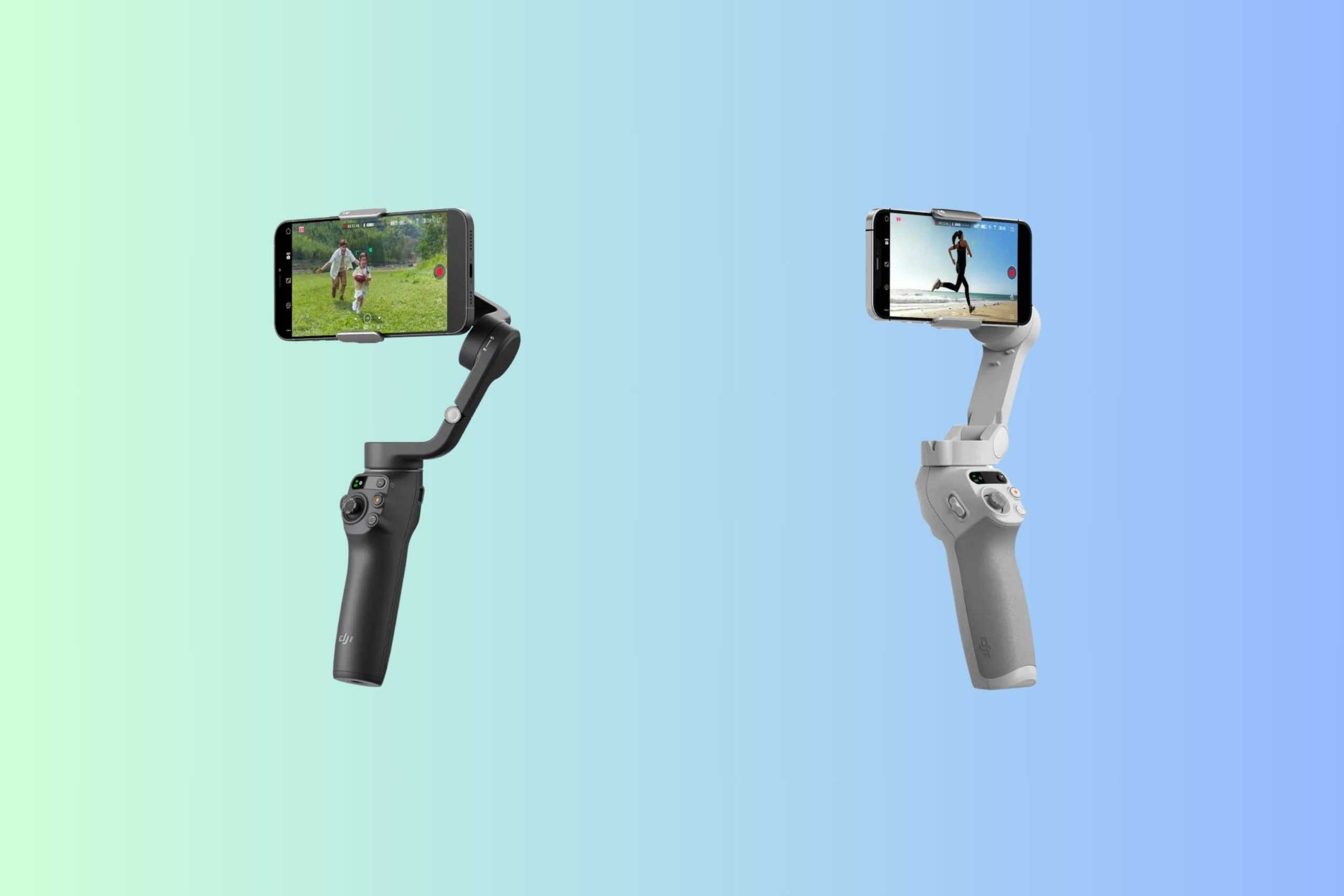
DJI Osmo Mobile 6 vs Osmo Mobile SE
DJI has established itself as the leader in producing smartphone gimbals with its Osmo Mobile lineup. The latest additions for smartphone …
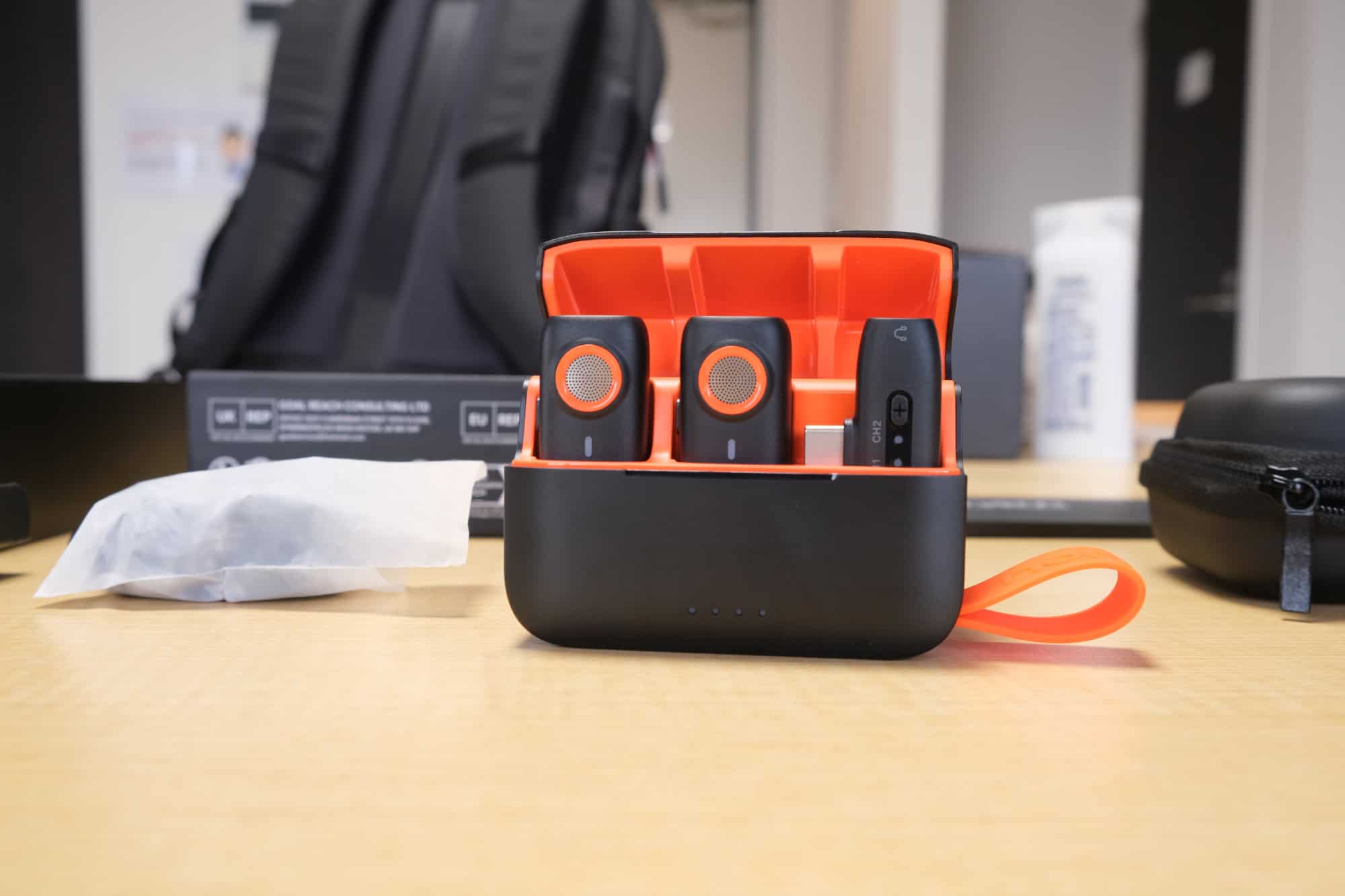
Hohem MIC-01 Wireless Microphone System Review
The Hohem Mic-01 is the latest entry into the wireless microphone system market from Hohem. As smartphone content creators increasingly focus …
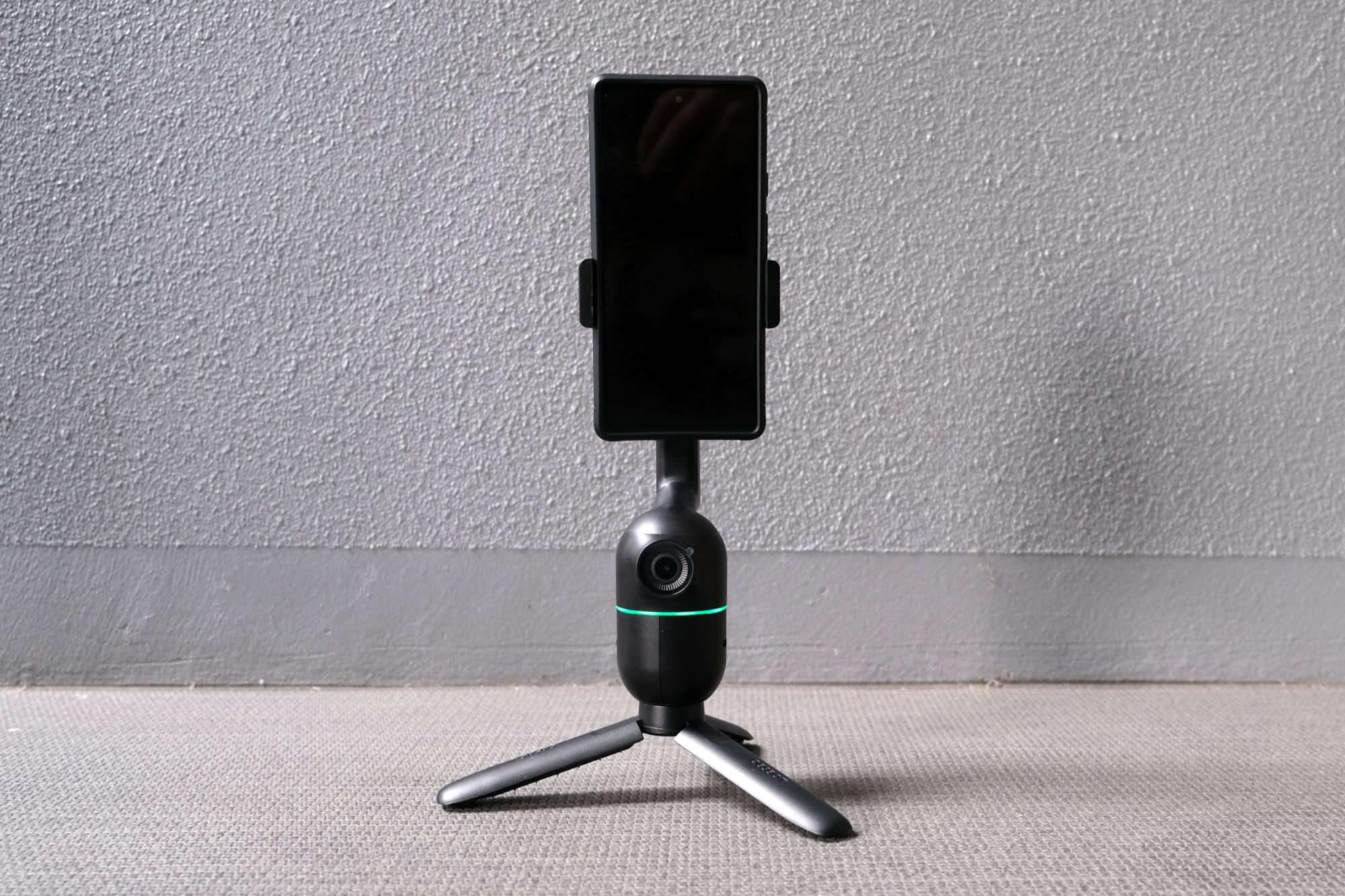
OBSBOT Me Auto Tracking Camera Mount Review
As a solo content creator, having high-quality and dynamic footage of yourself is incredibly important for videos. But filming everything solo …
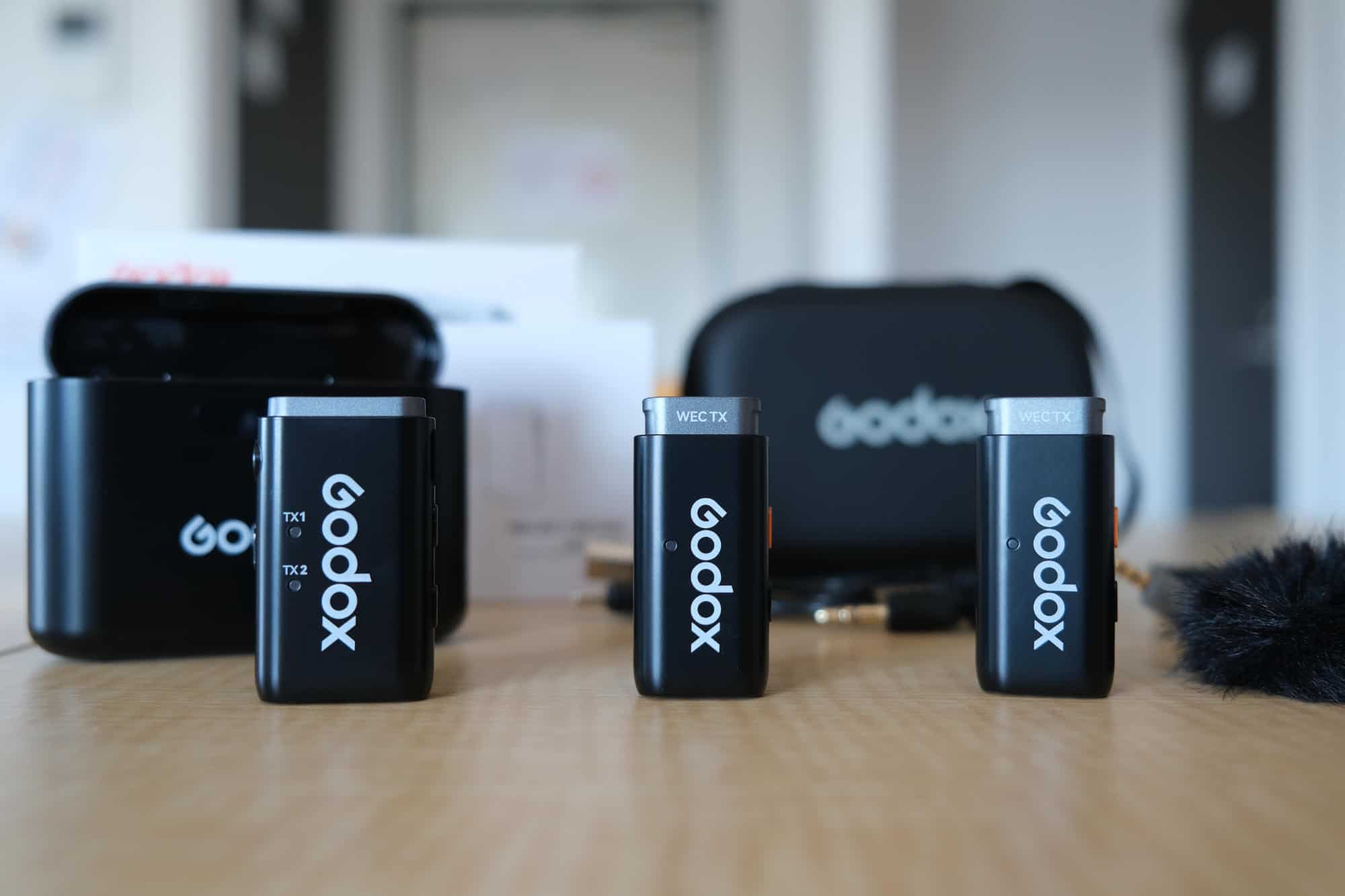
Godox WEC Lavalier Microphone System Review
Godox has made a name for itself in the lighting gear market, but the company has been expanding into audio releasing …
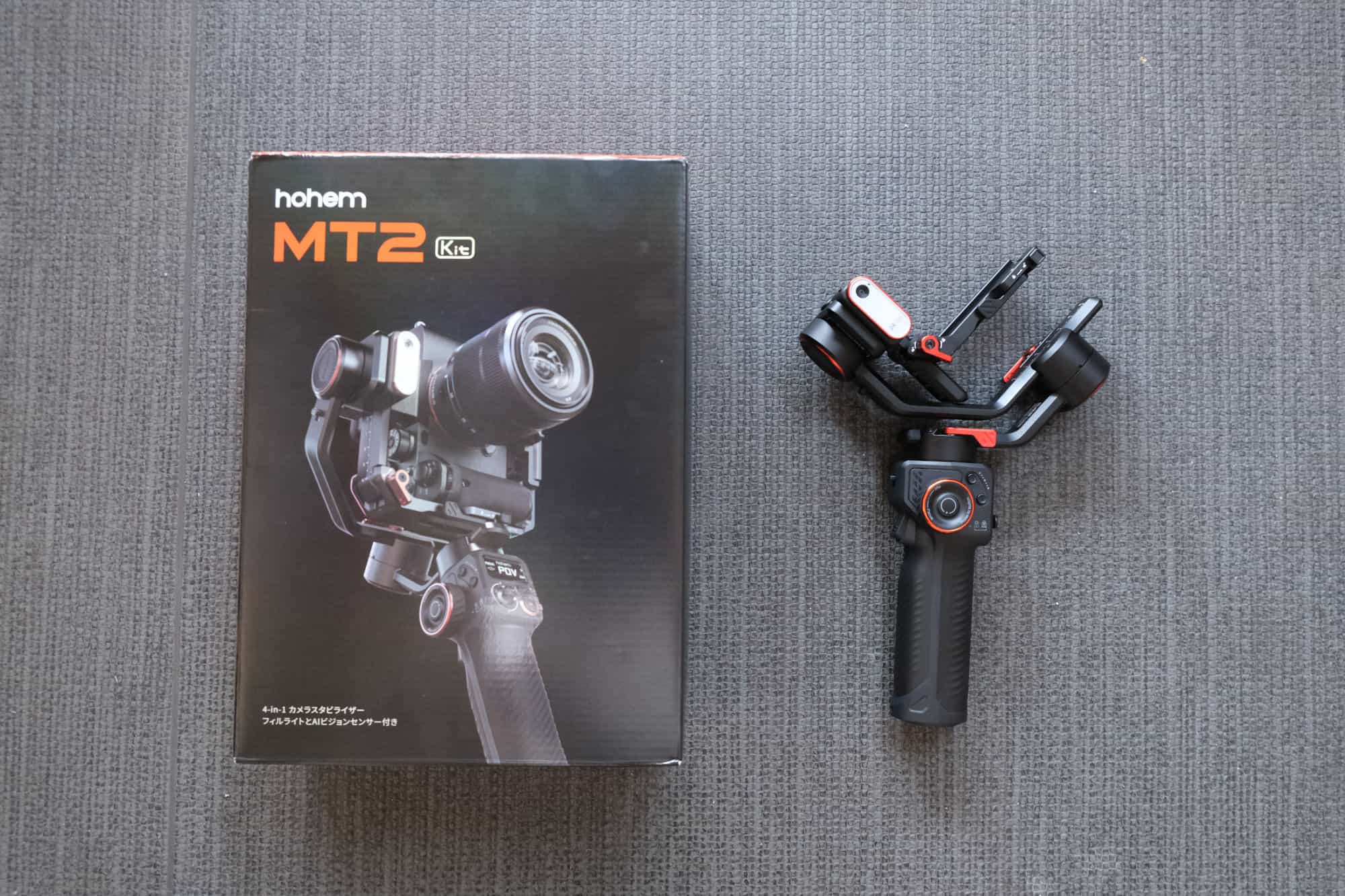
Hohem iSteady MT2 Review
The world of content creation is evolving rapidly, with video becoming an increasingly important medium. This has led to a huge …
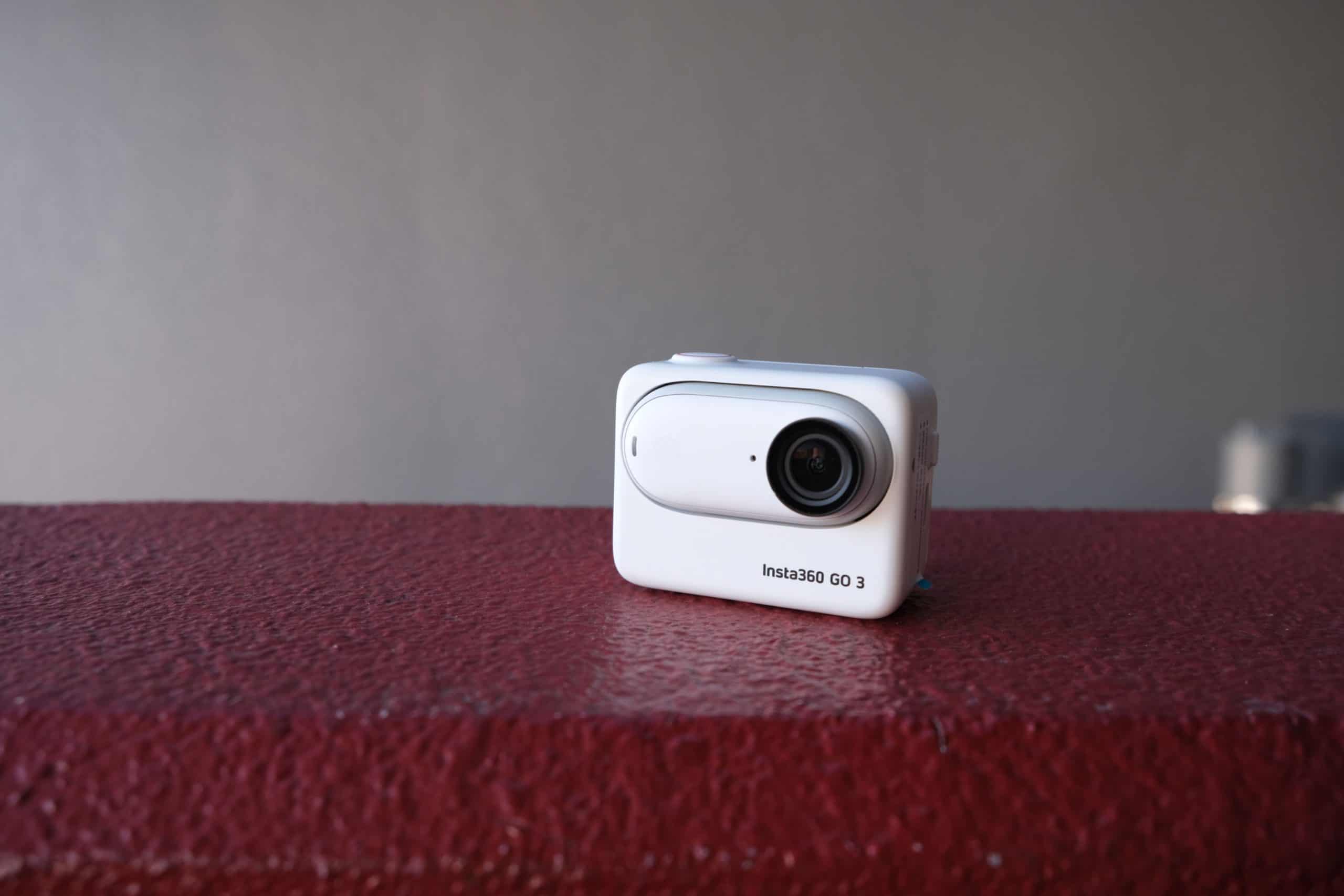
Insta360 Go 3 Review
The Insta360 Go series is unquestionably one of the most exciting innovations in the action camera market. Whereas most action cameras …
Popular Buying Guides
Newest Tutorials
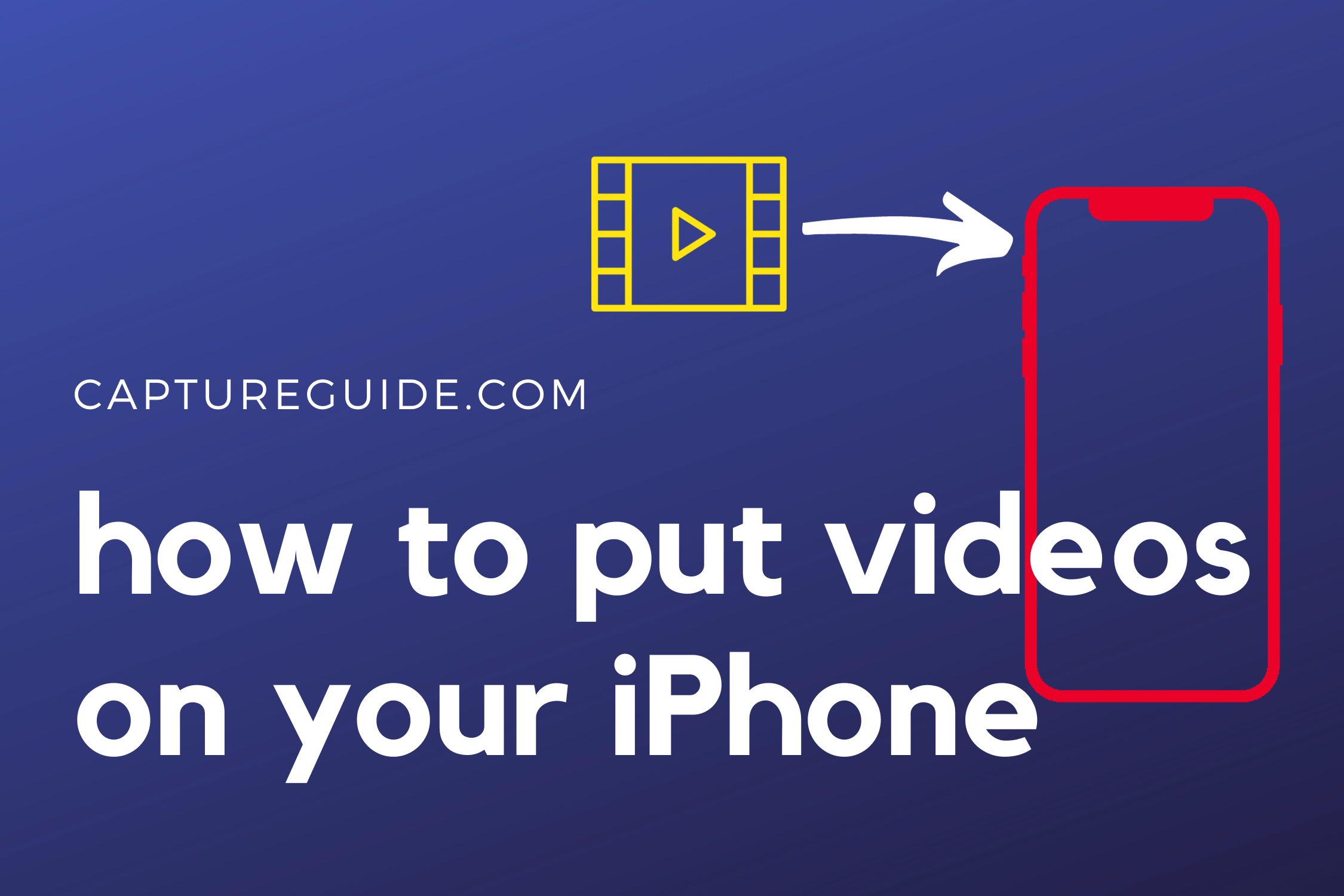
How To Put Videos On iPhone (All 4 Ways)
Many of us have a bunch of videos on our computers that we’d love to put on our iPhones. Unfortunately, the …

How To Upload A Video To YouTube From Android (The Easy Way)
Wondering how you can upload videos from your Android’s media library onto YouTube? Here’s a quick visual walkthrough to help you …
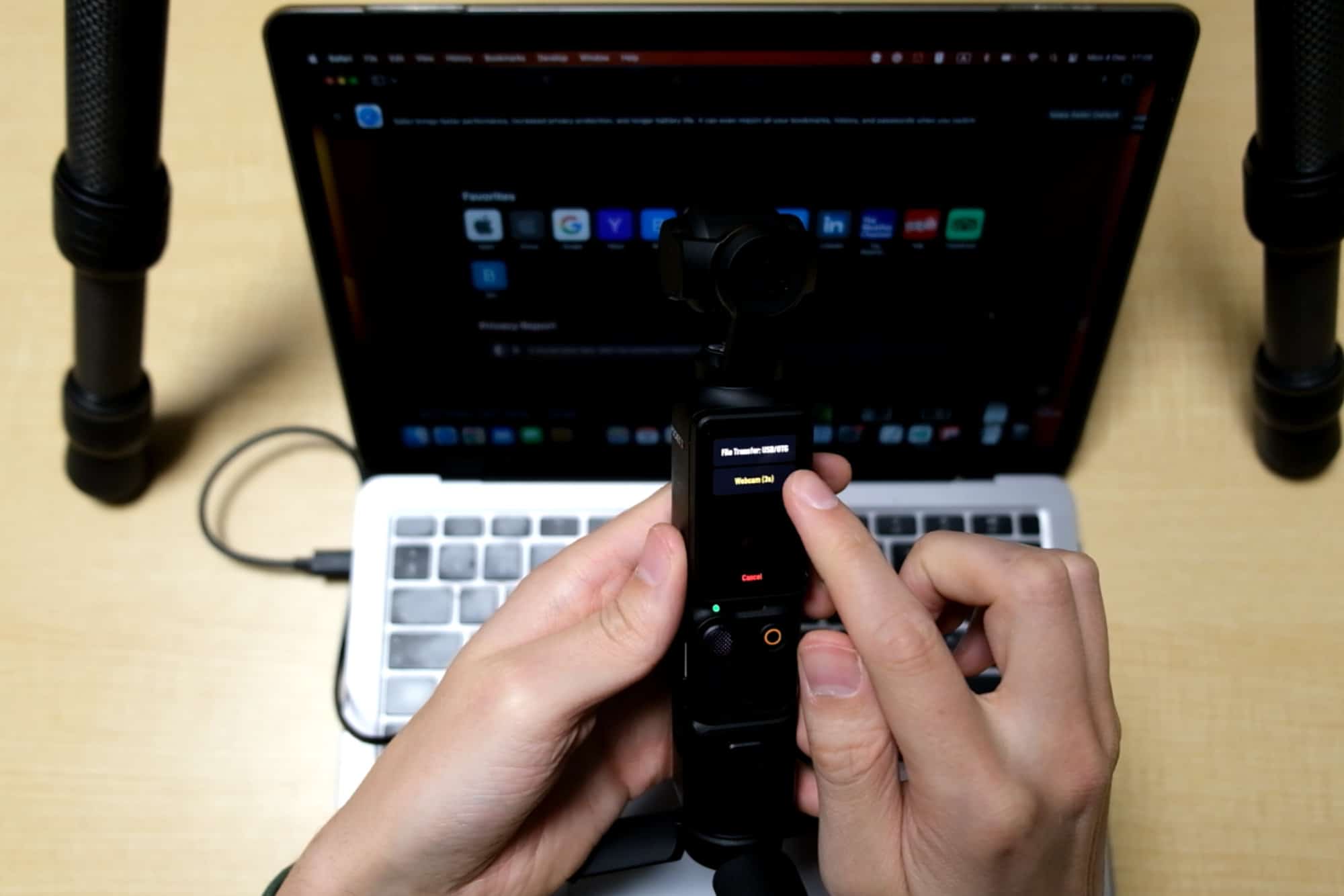
How to use DJI Osmo Pocket 3 as webcam (plus caveats)
The DJI Osmo Pocket 3 might not be a purpose-built webcam, but it turns out it’s a very capable substitute. Image …
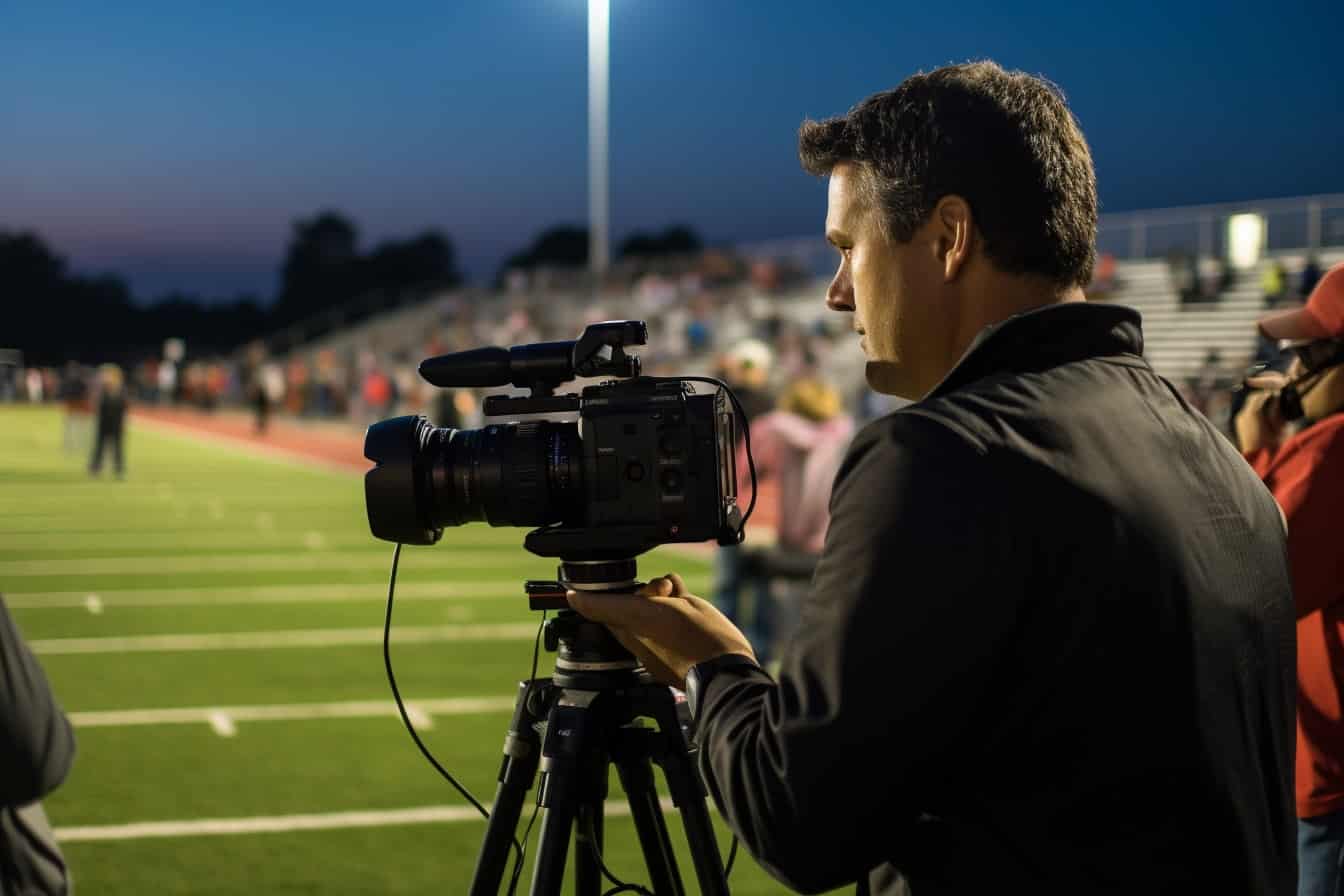
From Sidelines to Headlines: A Guide To Shoot Better Sports Videos
Due to the fast-pacing and unpredictable nature of sports, filming sports is one of the toughest areas within videography. And to …
